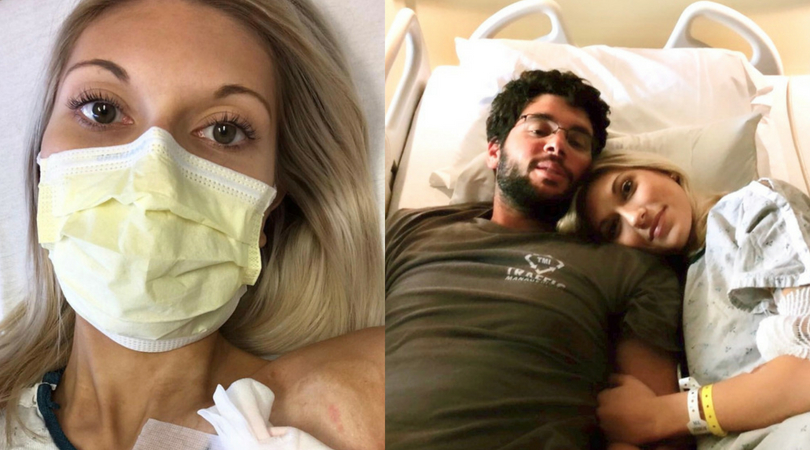“I wasn’t always this sick. It just kind of fell upon me in the most beautiful possible way.
I can still picture the checkered floor as I made my way down the hospital corridor—orthopedic unit. I reached into my pocket for my notepad to jot down a patient’s vitals. It was the last few weeks of nursing school clinicals, so I was in the home stretch.
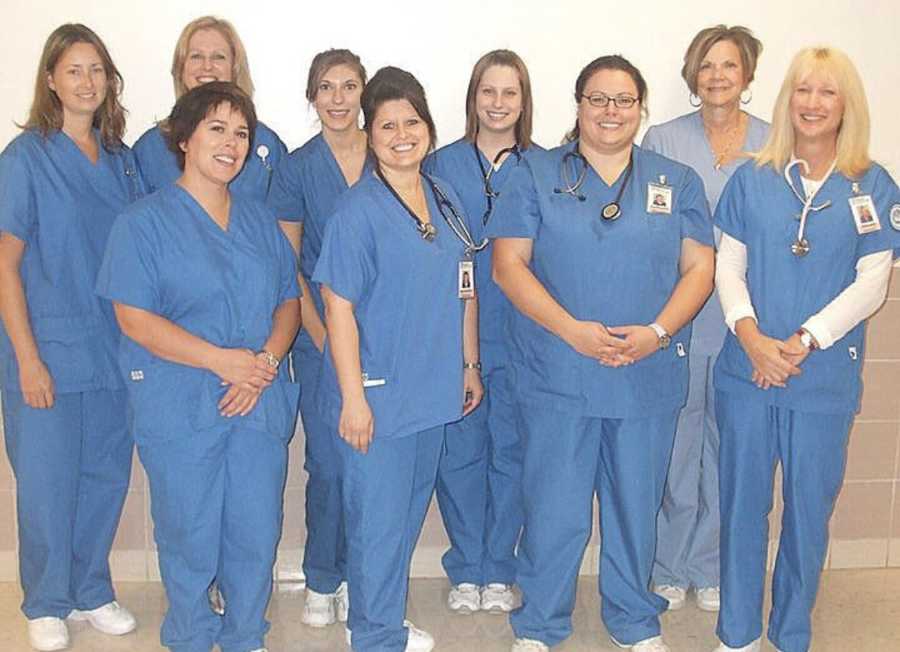
Suddenly, it hit me like lightening, a jolt in my heart as I felt the blood drain from my face. The next thing I remember is waking up to my fellow student nurses and clinical teacher huddled around me. I was laid flat on my back on the floor of the break room with no recollection of how I got there.
That was the first time I fainted, and it certainly wouldn’t be the last. In less than twenty-four hours, I went from a nearly-graduated student nurse to being booted from the program. I didn’t have time to blink, let alone absorb the gravity of what had just happened. ‘You’re making yourself sick,’ she said. ‘This happens sometimes when young girls get to the end of our program. I’m going to make the decision for you and remove you from our roster. You are no longer going to be a nurse, Jenna. Good luck with your future.’ said the Dean of Nursing, who escorted me out of her office and slammed the door on my dreams. I was done, with no diploma and no clue of the chaos life had in store.
I struggled with the idea that I wouldn’t be a nurse, but I tried to move past it. It didn’t even phase me that I had fainted, or that anything could be physically wrong with me. I did the next best thing and landed a position as a technician for an oral surgery office. It was an okay job, certainly not my life’s goal. A few months into training, it happened again. I blacked out during an implant surgery, which is a sterile procedure. I was vomiting between patient appointments and lost twenty pounds in just a few weeks, forcing me to quit that position. After three months of further testing, I was diagnosed with GERD, esophagitis and gastroparesis, which translates to ‘paralysis of the stomach.’ It didn’t explain the syncopal episodes, but I was just happy to have some answers.
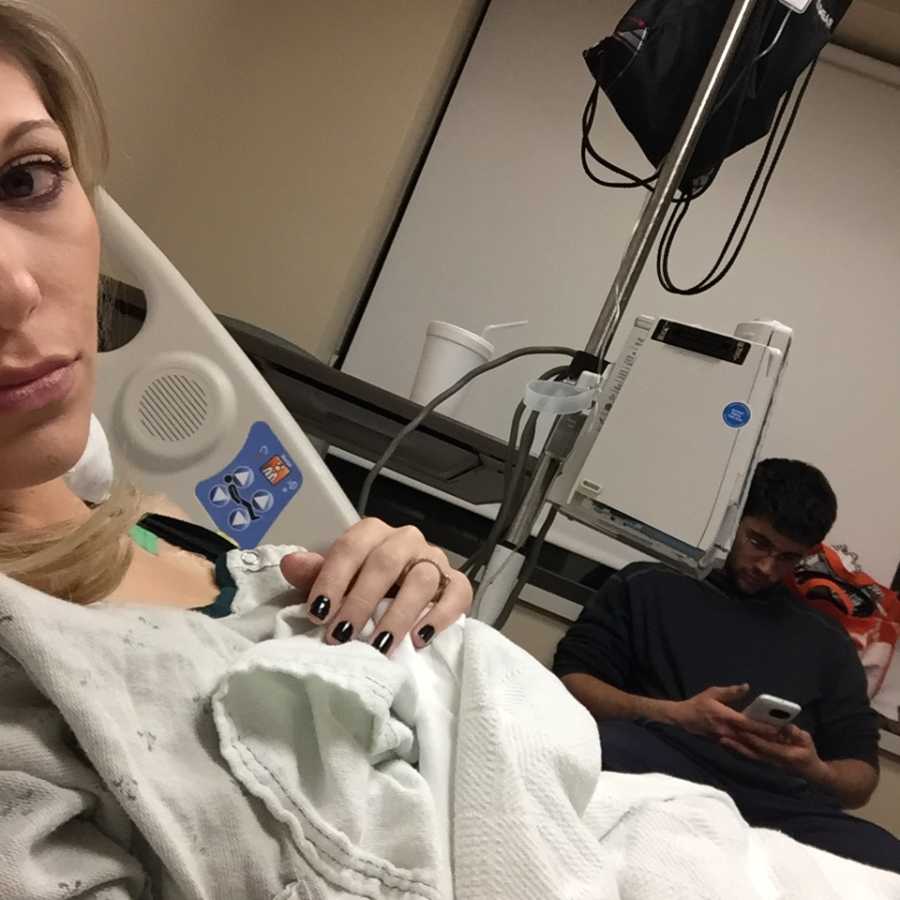
After I was diagnosed with gastroparesis (GP), there seemed to be a domino effect of other crippling diseases. I was in and out of the hospital every few weeks, always switching districts because they couldn’t help in the way I needed. In January 2013, I sought help at Mayo Clinic in Rochester, MN. I was given a tilt table test and diagnosed with Postural Orthostatic Tachycardia Syndrome (POTS), a condition that causes autonomic dysfunction. It alters your ‘fight or flight’ response, along with other automatic processes in the body (digestion, sweating, breathing, etc.). I had a PICC line placed for IV hydration at home, followed by my first J-tube. In the summer of 2013 I visited the POTS Treatment Center in Dallas, TX. While the treatment helped temporarily, I only seemed to be getting sicker. My J-tube clamp broke and I needed to have it removed, along with a bowel resection. Down forty pounds from my normal weight, a consult with a geneticist labeled me with Ehlers-Danlos Syndrome, Hypermobility Type (hEDS) in December 2013. He told me this genetic connective tissue disorder was the root of all the other syndromes and conditions. The day after this appointment, Michael, my boyfriend of four years, proposed to me with a homemade movie trailer in front of all our friends and family. I finally felt like life was falling into place.’
It didn’t take long for my condition to deteriorate further. hEDS robbed me of my ability to walk, which landed me with new mobility devices. Michael and I bought a house, adopted a puppy and planned our wedding. I was too disabled to manage a big celebration, so we had a small ceremony with immediate family and a few friends. I used a cane down the aisle and required a chair for syncopal episodes at the altar. It couldn’t have been more perfect in my eyes. Sick and unemployed at 24 years old, I felt so fortunate to have the world’s most patient, compassionate man I had ever known. Everyone shed an extra tear at the ‘in sickness and in health’ part of our vows. It was the most whimsical day of my life.
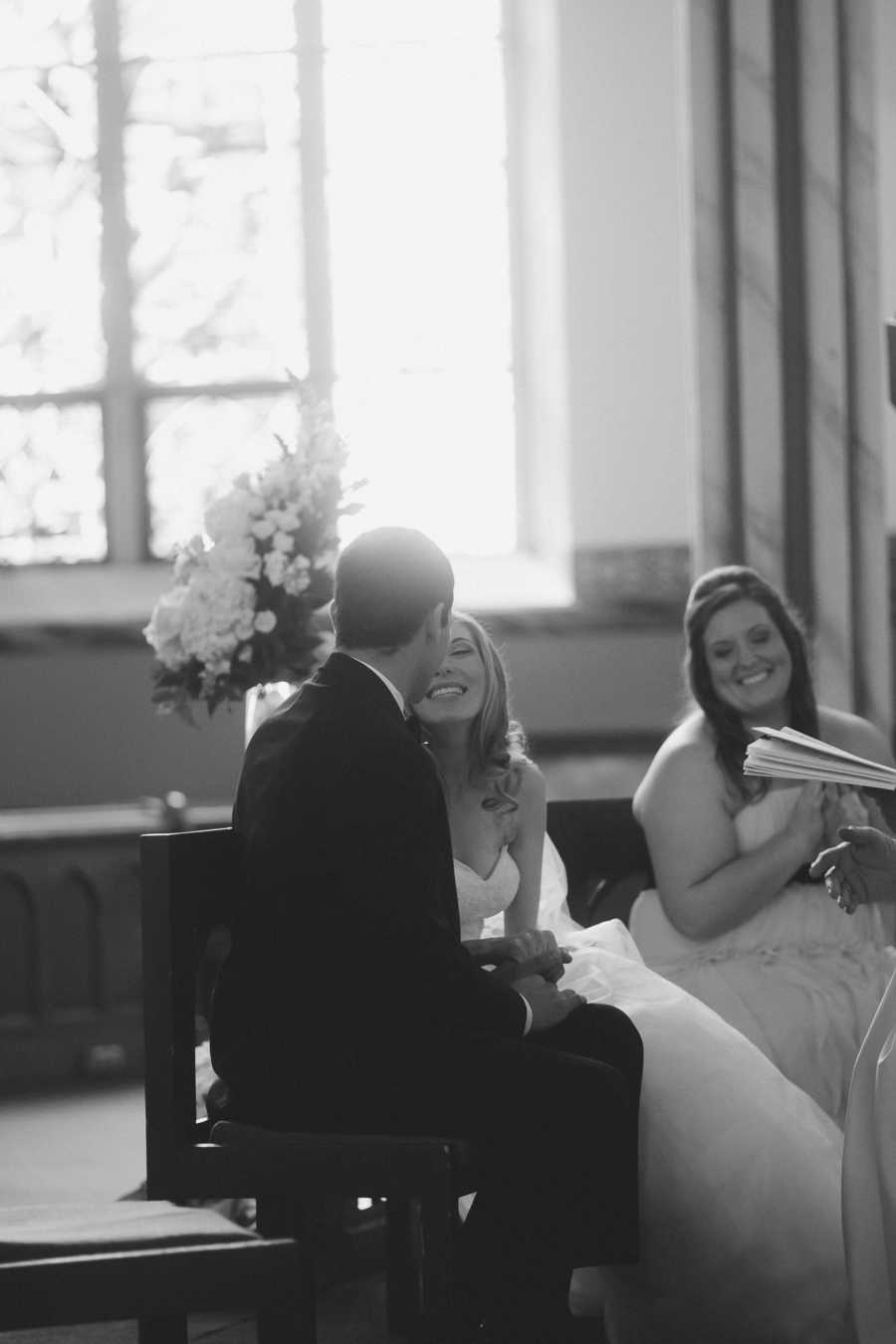
I wish I could say things continued on the upswing. The first year of marriage is hard for every couple, and we had a lot on our plate. My abilities and independence gradually diminished with every passing week. I would faint up to twenty times a day, couldn’t eat more than clear liquids and struggled to even get off the couch. My allergies exploded, and it seemed like everything sent me into anaphylaxis. Depression settled deep into my core and I started isolating myself, even on the good days. Nearly all of my friends stopped responding to calls and texts. My family looked at me with pure pity. No one knew the right thing to say. I spent holidays in the guest bedroom because I couldn’t handle the noise and commotion. I would get teary-eyed during mealtimes, watching everyone eat dinner while I slowly starved. It was as if Michael and I weren’t even a couple anymore, because I just didn’t resemble any part of who I used to be. To me, each disease was just another acronym destroying my life, stealing my friends and robbing me of my identity.
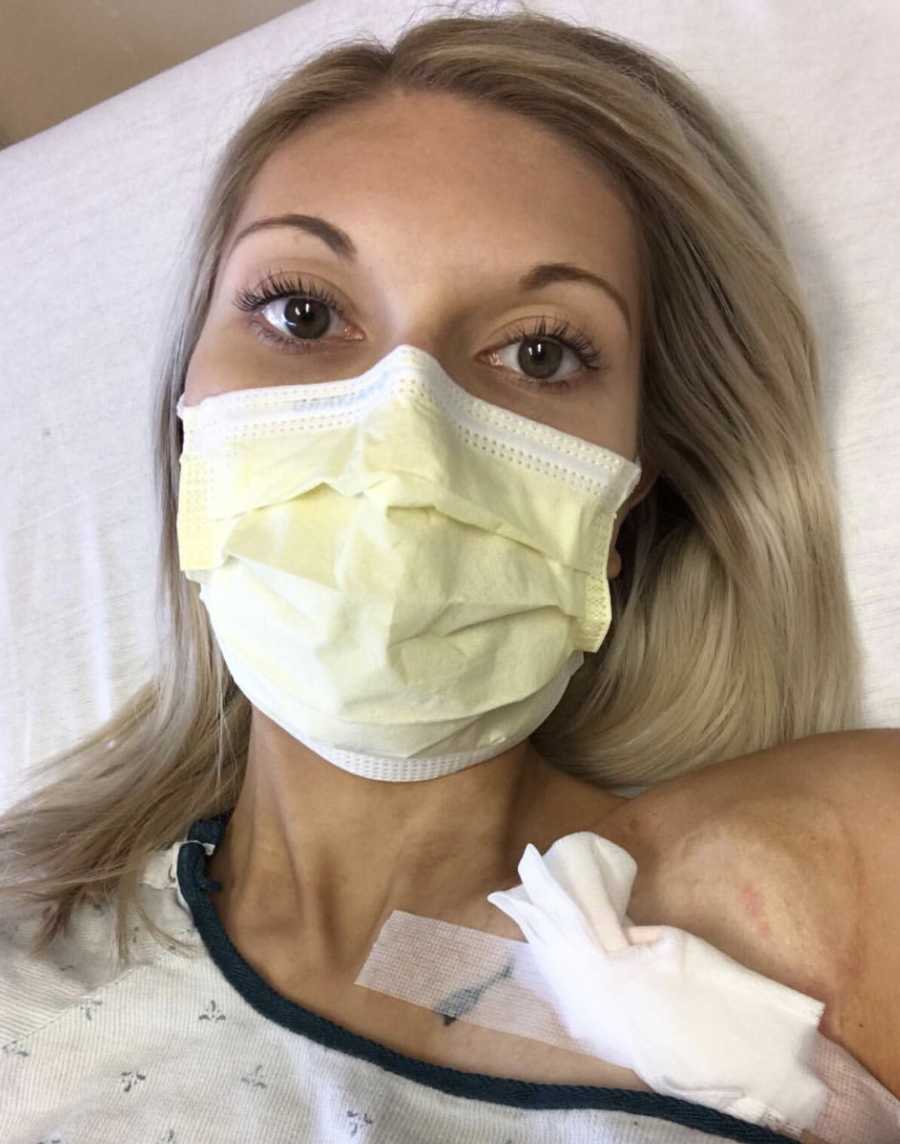
My relationships had greatly suffered by October 2016. I alienated the few loved ones that still cared, burrowing myself into the couch and ignoring the outside world. Michael, my brother, Matthew, my mother and in-laws tried everything to help but I hated myself too much to be receptive. Having been sexually assaulted as a child, I was conditioned to believe that my safety and physical well-being weren’t a priority. My body was not my own, and these diseases only further cemented that idea in my mind. There was nothing to look forward to except doctor’s appointments and trips to the ER. The needle pokes and arduous diagnostic tests made daily life unbearable. I felt like a lab rat who would eventually perish from the experiments. I didn’t think my life was worth saving, and it didn’t take long before I gave up. I allowed Michael to simply be my caregiver because I didn’t expect to make it to thirty. I was so physically deconditioned that even standing up to go to the bathroom would trigger a syncopal episode. My doctors loaded me up with narcotics on a path to potential overdose. I grew angry, cold and suicidal. I gambled with high doses of Norco or morphine to numb the pain. The doctors didn’t seem to have answers, and they certainly weren’t trying, so why should I?
January 2017 was my first solid step forward, literally. I sought an immunologist recommended by one of my POTS support groups.
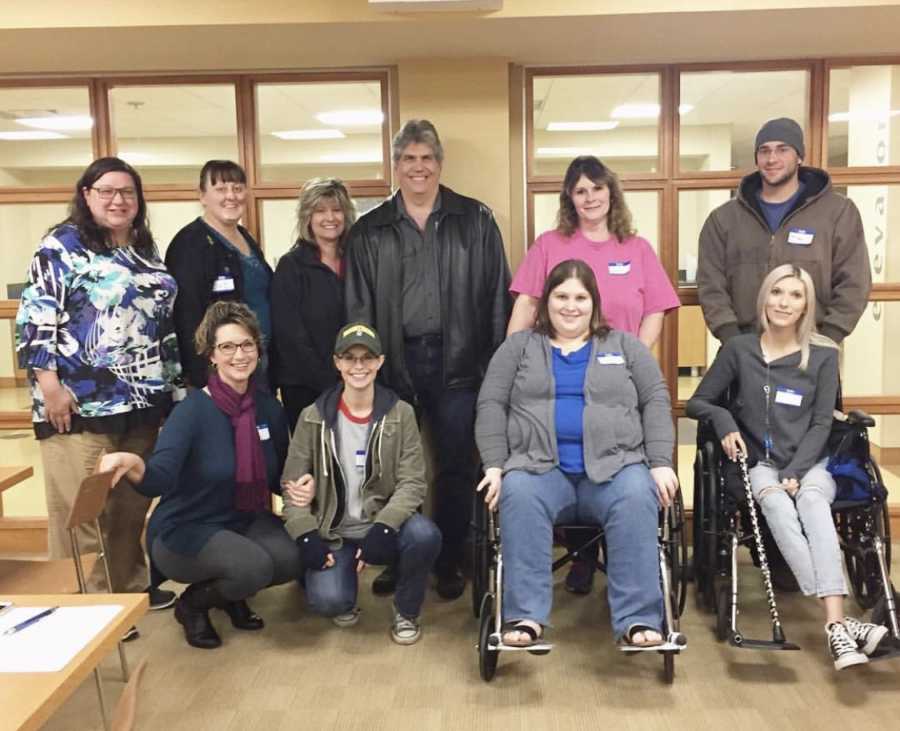
He diagnosed me with Mast Cell Activation Syndrome (MCAS) and started me on a series of antihistamines and mast cell stabilizers. This regimen minimized my food allergy triggers and reduced the number of anaphylactic episodes. One pain specialist took a genuine interest in my overall condition and suggested both physical and psychological therapy. I took her advice and did both simultaneously, which quickly turned my life around. I started with a recumbent bike and graduated to a treadmill. Once I was able to walk, I started to recondition my heart. Each day I would take one more step on the treadmill and add a bit of incline. My family sat in on therapy sessions and I opened up about my suicidal feelings. I felt an overwhelming sense of relief as a I worked to repair the relationships that chronic illness had tainted. And over time, I grew to be more confident in my own abilities. If I can learn to walk again with a non-curable genetic disease, what else can I do?
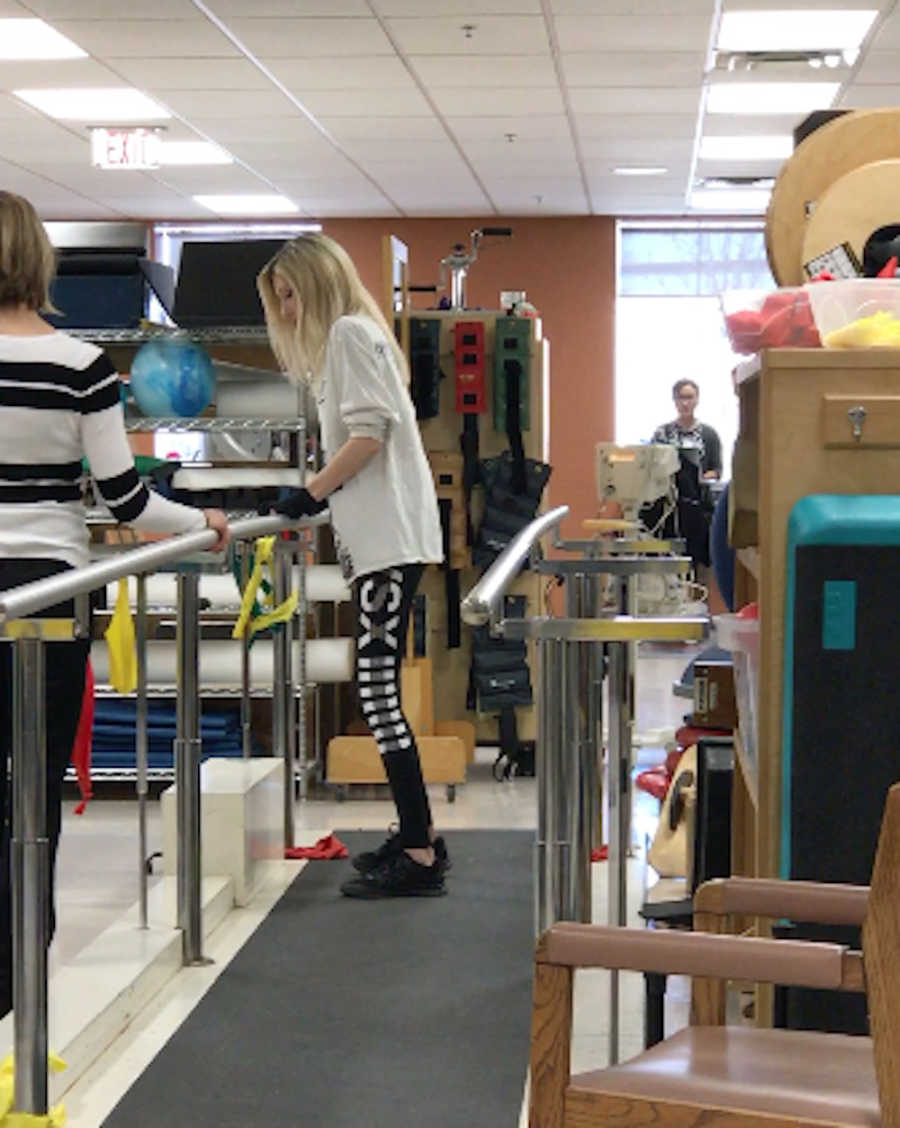
With chronic illness, you never know where your life will be from one minute to the next because there are no consistencies. I never had one goal in mind, except to be the best version of myself. For me, the limiting factor was my inability to gain weight. I worked around it as much as I could, eating only as my body would allow. I built up enough stamina to maintain normal blood pressure without IV fluids, and I had my second Port-A-Cath removed in November of 2017. For the first time in my entire life, I felt like my body was actually mine again. I was free of lines, tubes and burdens. Early 2018 was my time to refine who I am. I learned to manage treatment-resistant depression with IV ketamine treatments and weaned off all narcotics to replace with medical marijuana. I also experimented with expanding my diet, seeing a nutritionist as needed. I had built up enough stamina to complete six miles on an incline trainer, with energy to spare for housework.
Unfortunately, nothing lasts forever. Today, at 28 years old, I am in very poor physical health. I recently developed Superior Mesenteric Artery Syndrome (SMAS) from cachexia secondary to gastroparesis. I lost so much fat that there is not enough to cushion my internal organs. In this instance, my duodenum (or first part of the small intestine) is being pinched off between two arteries, so very little food or fluids can pass through. I was recently hospitalized for a week and placed on Total Parenteral Nutrition (TPN), where I am being fed through a central line in my veins. I will need to have surgery soon to reroute my guts and have a feeding tube placed for long-term nourishment. I am a full-time professional patient and spend my days managing symptoms while preventing complications. And still, I don’t think I have ever been happier.
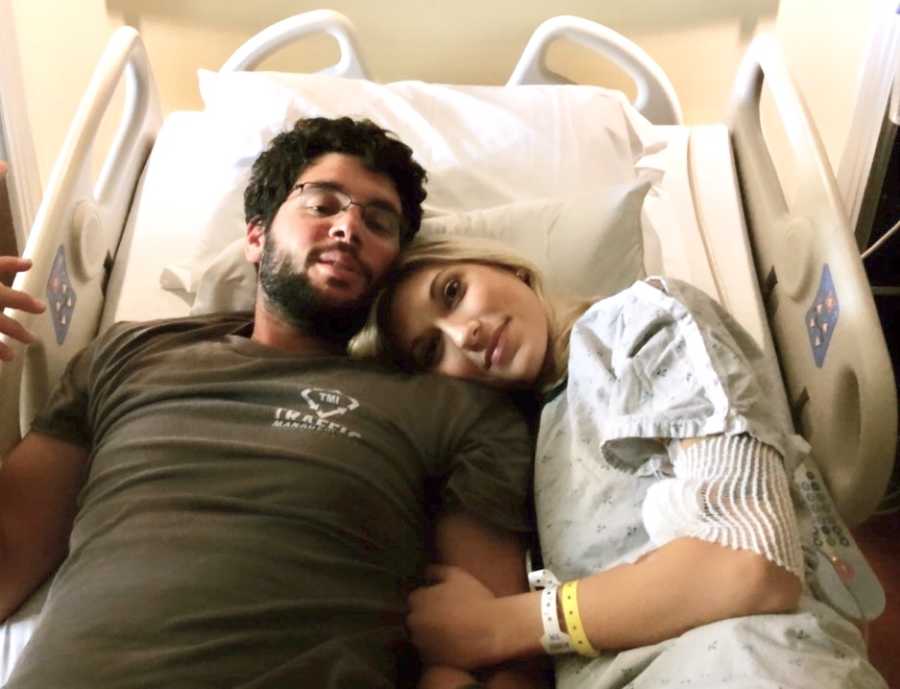
What is getting me through all of this? Friends, family, and accessories!
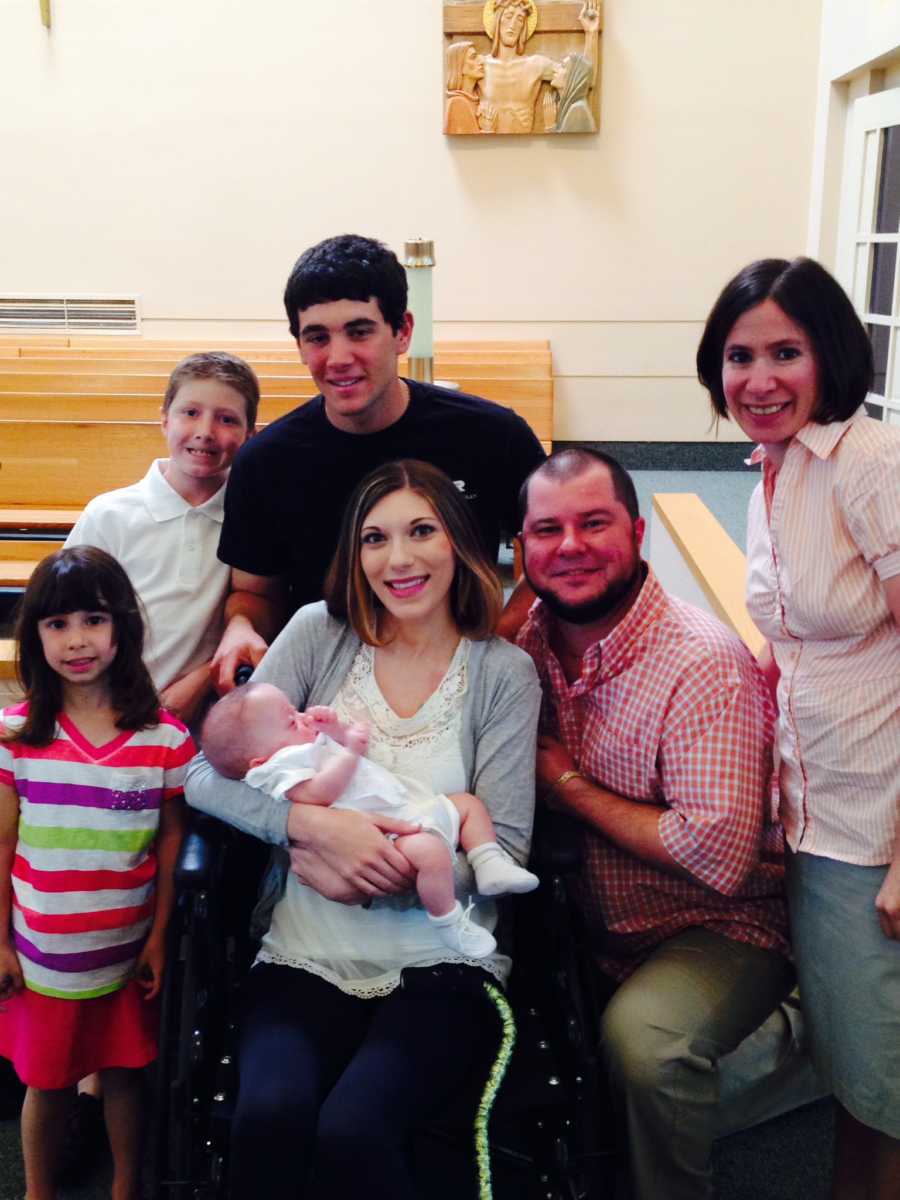
I never used to believe I was worthy of love because I wouldn’t allow myself to accept it. Counseling has made me see through the big, bad circumstances and focus on what is keeping me together. My husband, Michael, has sacrificed his mind, body and soul to keep me alive. He provides all of my financial support working long hours as a journeyman, and still treats me like a princess, just like on our wedding day. Matthew brought me Panera soup every day, so I wouldn’t have to eat hospital food. My mom packed me a special bag full of perfumes, mascara and cute PICC line covers to keep my tubing secure. She has been searching for cute port covers, tube pads and line clips to spice up my daily routine of infusions and continuous feeds. My in-laws took care of our puppy dog, Roscoe, so I wouldn’t have to worry about him. Friends, sick and healthy alike, brought me coloring books and made me laugh through the pain. Friends I met online through chronic illness forums have consistently been checking up on me and encouraging me to stay strong. My home care nurse has become a close friend, as well, and is now one of my best advocates. Solid support systems are the only way to get through any frightening situation. My life is rich with love and compassion everywhere I look. Find those relationships, embrace them and nourish them with everything you’ve got. When you see how many people are pulling for you, it motivates you to want more for yourself.
The hardest part of being sick was finding the strength to fight for my life when I didn’t think I was worth it. Progress is not linear, not even for the chronically healthy. Every single human on this planet has ups and downs. It simply takes more effort for me to get back on track, but it is always possible. My clock ticks a bit differently than it used to, and that’s okay. This may not be the way I imagined my life, a far cry from being a nurse, but I know I will come out a better person because of it: more empathetic, patient and appreciative. I have to fight for my life every single day and learned to let flowers bloom from these tragic circumstances. And, my God, are they beautiful.”
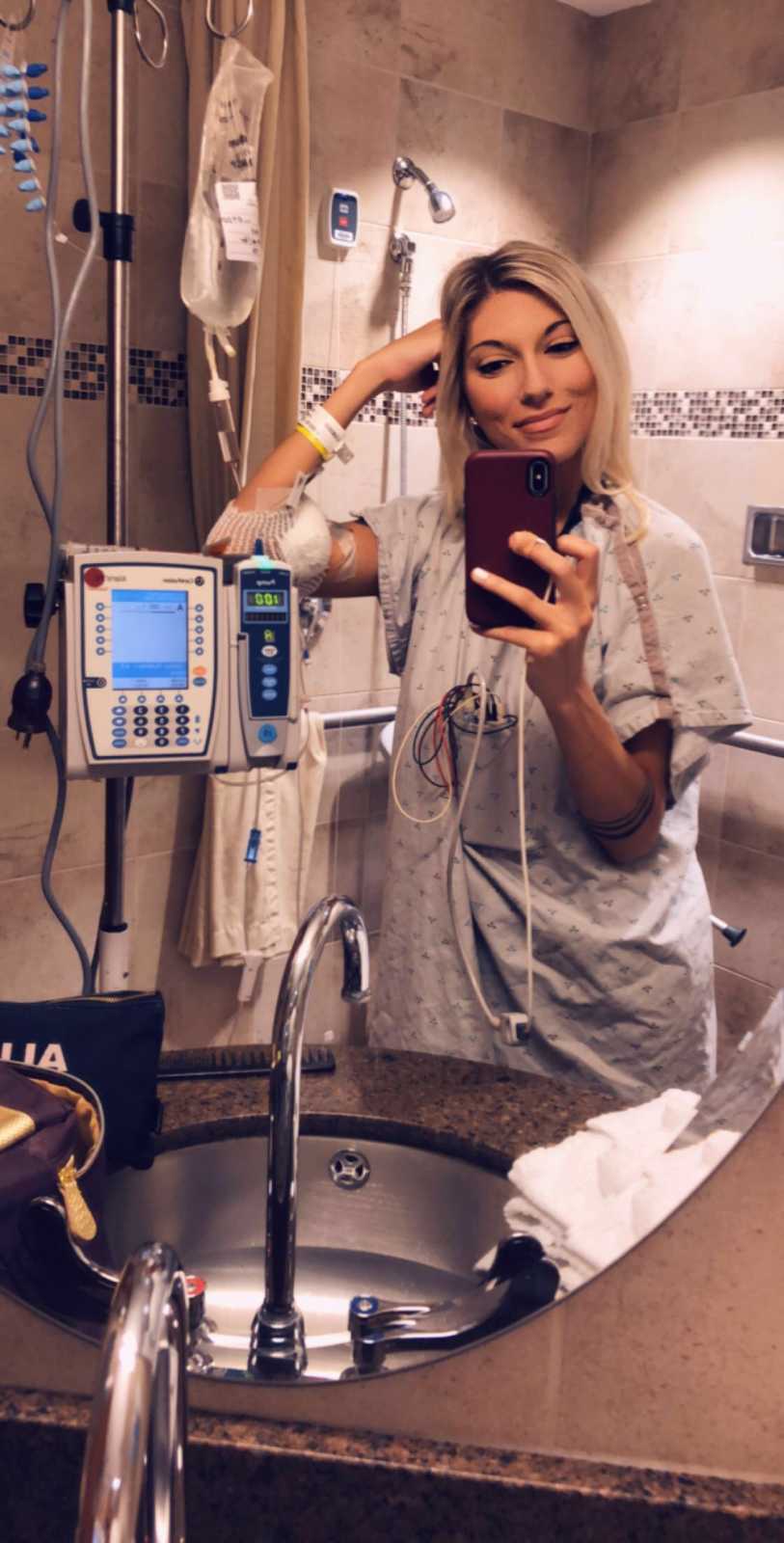
This story was submitted to Love What Matters by Jenna Marie Toppi, 28, of Fair Haven, MI. You can follow her journey on Instagram here and her website here. Submit your story here, and subscribe to our best love stories here.
Provide beauty and strength for others. SHARE this story on Facebook with your friends and family.

